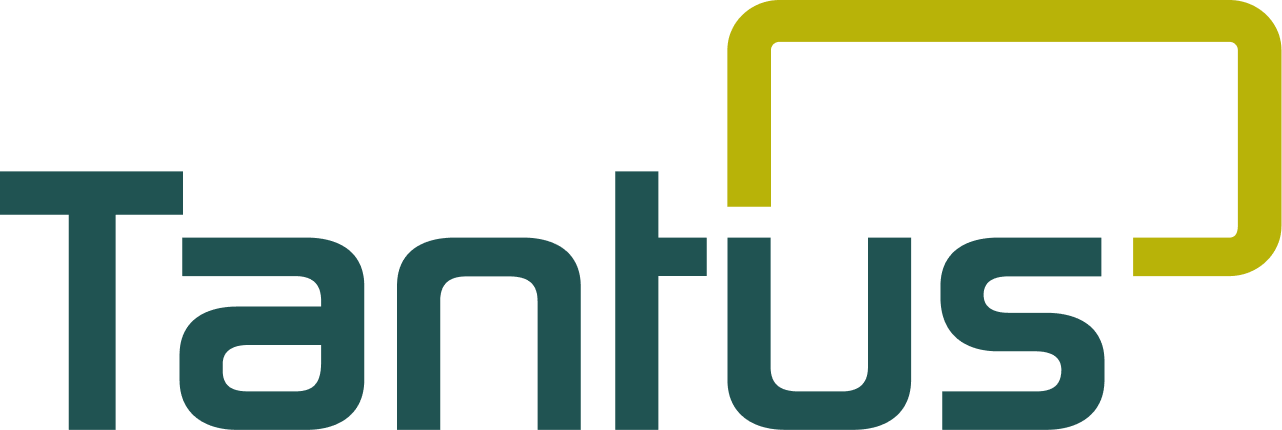Engaging Clients and Stakeholders During COVID – Lessons Learned from the Virtual Trenches
Since the rise of the COVID-19 pandemic in March, Tantus has had to adapt our methodologies to ensure effective communications, engagement and project management. As with most organizations, the COVID restrictions and cautions have necessitated working remotely with clients and staff. A particular challenge has been answering the question “How do we enable our highly collaborative approach with clients and stakeholders in an online environment?”
Tantus has for years invested in technology and methods to support effective remote work practices, recognizing that we work with clients across North America and also have a considerable number of our staff working “off-site”. But the traditional model always allowed us the opportunity to be face to face when necessary, at critical junctures in project delivery or to facilitate stakeholder workshops as just 2 examples. Given the current realities and constraints, we’ve needed to apply these techniques plus more to almost all of our practice areas and client engagements This has required us to gain a much better understanding of our clients tools, skills, user knowledge and style of collaboration and adapt our practices accordingly.
Overall, we’ve been very pleased with the adeptness that organizations have shown in the use of technology and the nimbleness to trial, adapt and evolve to what works best for the given situation, and the results have been very good. Through all this, we’ve learned many lessons ‘on the fly,’ of what has worked and what needed to be improved. Here are two learnings that we feel have provided the greatest insight:
The first key lesson is usability. We have experimented with a range of innovative software and considered several alternative tools. However, organizations have demonstrated different levels of readiness to accommodate remote work. As a result, simple familiar tools, such as leveraging the common MS Office platform and avoiding tools that requires specific “local installs” have worked best. Other tools including online surveys or electronic workbooks have expanded reach, managed time and enhanced the quality of input and feedback.
The tools and usability aspect of them have been inordinately helpful, but the human element has been even more important. The second key learning was the need to adjust our own consulting process. Virtual meetings and engagement sessions demand a far higher level of preparation than traditional face-to-face consulting. To this end, we have adapted our practices to ensure that we have primers and detailed agendas for each session.
The greatest addition is a prominently displayed purpose statement for each session. As users are jumping from one online meeting to another, it has helped them focus on the sessions by being able to refer to clear, concise statements of why we are meeting in the first place.
The meeting management style has also needed to be honed. In a face-to-face session, facilitators often rely (even if subconsciously) on visual cues such as body language or facial expressions. Depending on whether there is a “camera-on” or “camera-off” culture (and yes, these are things!) those directing the sessions maybe limited or unable to depend on these aspects and become hyper-conscious of deliberately inviting feedback and using more probing questions to illicit response from all attendees.
All in all, this has been both a challenging and rewarding experience. We have leveraged our investment in technology to quickly be able to continue to meet our clients needs and we have improved our facilitation structure and technique to enhance value. As the near-term future unfolds, we will continue to reflect on and improve our efforts. We are exploring a number of technologies to enhance our delivery, including Mural and new online meeting features. Over the long-term, we are very interested if and how will this change the consulting relationship. When safe, will we be requested to resume face-to-face delivery or are clients becoming comfortable with the virtual consulting experience. Either way, we will be ready to adapt as required to meet the needs and preferences.
